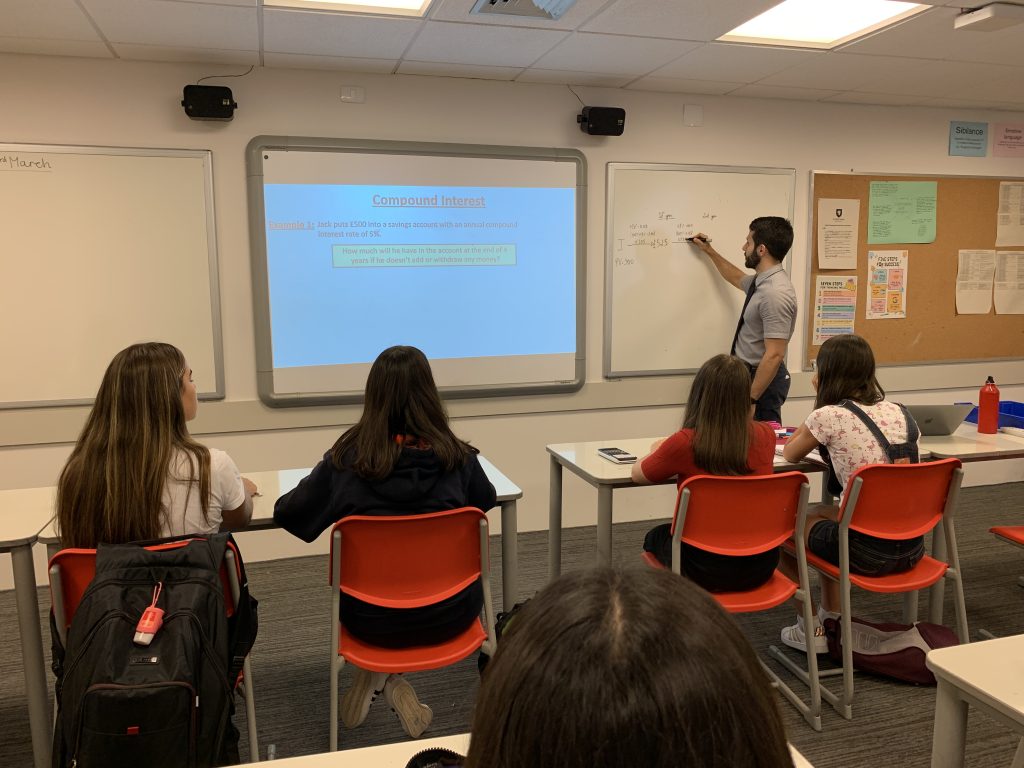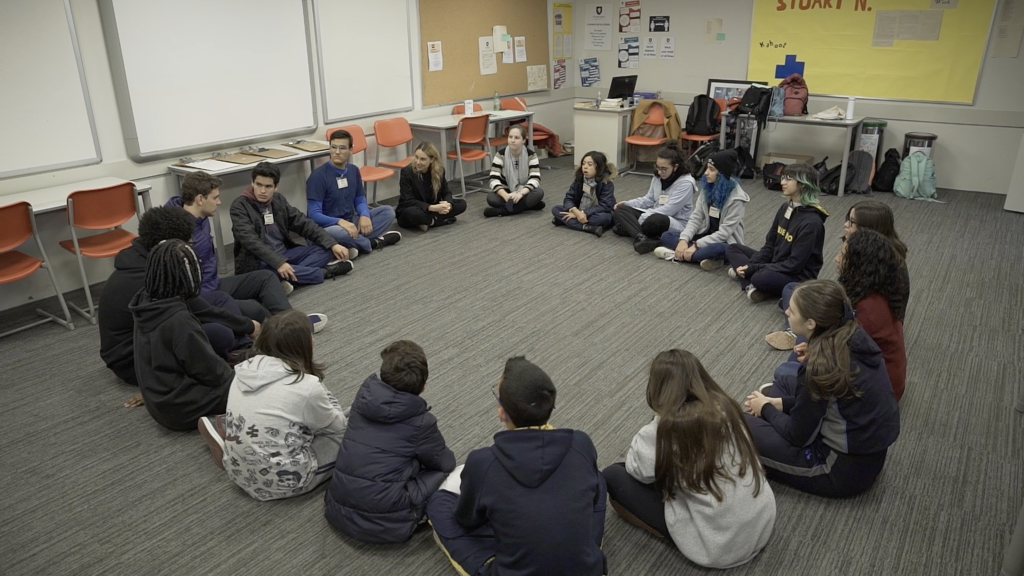Throughout the 18 months of the selection process for our scholarship program, one phase stands out as the most anticipated by candidates: the preparatory course. Today we bring you more details about this immersive stage of the program, which works as a bridge between scholarship candidates and St. Paul’s School.
Before talking about the course itself, it is important to remember how candidates get to this point – and there are already several challenges overcome by the time they start the preparatory lessons! After registration closes, students undergo a screening process that thoroughly evaluates the material and information sent in the application. Those who pass this first cut visit St. Paul’s to sit cognitive and English language skills tests. Those best placed in these tests advance to individual interviews, in which they speak to members of the school’s leadership team and can talk more about their profile, motivation, interests and skills. And then – after another selection – the preparatory course class will be formed. The number of candidates at this stage varies slightly from year to year between around 20 to 30 students.

Prep Course structure
The prep course lasts one year, divided into two terms. The first one, which starts in August and runs until December, includes weekly sessions in English at St. Paul’s School with teachers from the school and a semester of online classes at Cultura Inglesa. At the end of that term, only a group of candidates advances to the other half of the course.
In the second semester, from February to May of the following year, students who were approved increase the frequency of visits to St. Paul’s School. They come three times a week to attend classes in different subjects, taught by volunteer teachers from the school. The meetings are mostly conducted in English and take place in the afternoon. In addition to classes, students participate in sessions with members of the school’s leadership, the Social and Emotional Learning team, and can even meet current scholars and other St. Paul’s students.
According to Ana Paula Rosas, communications and selection process coordinator at the St. Paul’s Foundation, this phase lasts longer to allow for deeper learning about the opportunity for which the candidate is applying. “The course connects the candidate and the school so that they get to know each other better. It’s not just about the school choosing the student, but the student understanding whether this environment suits them and choosing – or not – the school.”, he says.

Beyond the classroom
Ana Paula explains that the prep course is designed to also achieve other aims. “It is an immersive experience in the English language, the school and the community around St. Paul’s. There is a cultural exchange that helps candidates to develop not only academically, but also in their interpersonal and socio-emotional skills. There are connections that expand beyond the school campus and the course period”, he says.
Alongside the preparatory course, the Foundation team conducts interviews carried out by a psychologist to better understand the student’s profile and their cognitive, social and emotional abilities, as well as to learn more about the family. Participants in the process also receive a visit from a social worker, to learn about the family environment, structure and support that each candidate has.
Candidates can also take advantage of the school’s various resources, including the library, and are encouraged to borrow books and explore the collection of around 30,000 titles.
As it is a period in which students can attend school, learn more about British education and experience the international curriculum offered by St. Paul’s, the preparatory course is a highly anticipated moment. All students who complete this stage receive a certificate that celebrates their dedication and growth throughout the year. Considering performance in the prep course and results of assessments carried out throughout the selection process, the St. Paul’s Foundation selects in June the candidates who will become scholars at St. Paul’s School.


